ASUS ROG Zephyrus G14 Review: A Gaming Laptop That Caught Us Off-Guard
These days, there aren’t many things that excite me or get pique my interest. Gaming notebooks, in particular, have been built using the same modus operandi by virtually every manufacturer for the last several years. But even more infuriating? While I would love to chastise them, it’s not their fault.
Enter then, the ASUS ROG Zephyrus G14. A gaming notebook by the Taiwanese brand that we got to take a look at earlier this year, yet still manages to catch me completely off-guard.
Specifications
Design
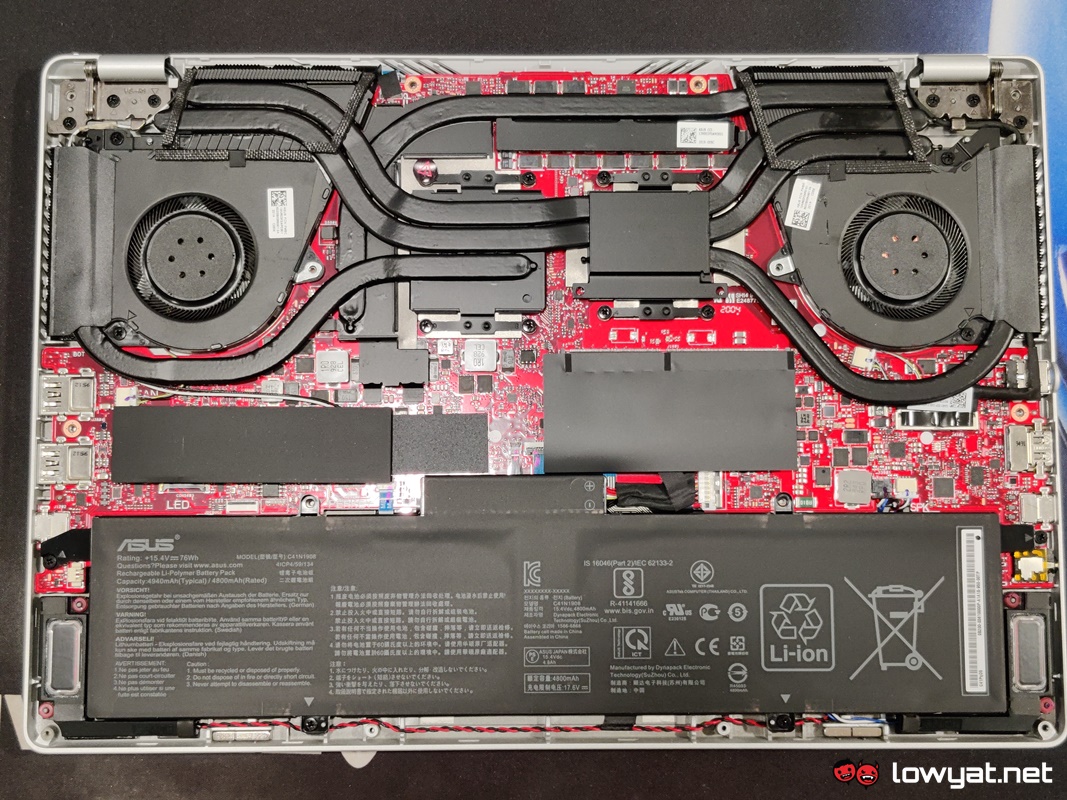
As far as designs go for a ROG Zephyrus notebook goes, the Zephyrus G14 is certainly ticking all the right boxes. The magnesium alloy that forms the both the chassis and theme really makes it stand out. It also comes in two simple colours, white and black, but personally, I prefer the former as it practically highlights everything about the notebook.
Lifting up the display, you’re immediately greeted with a 10 keyless keyboard with keycaps that have had its edged rounded and its centred made ever slightly deeper. By doing this, ASUS says the keyboard on the Zephyrus G14 provides a better, more comfortable typing experience, especially if you’re typing for hours on-end.
The anti-fingerprint coating works to a certain degree.
The keyboard also has another unstated feature and that’s a special coating which allegedly prevents smudges or print marks left by our fingers. I can vouch that the lack of fingerprints claim rings true, but not so much for the smudging. To be fair, you won’t actually notice the smudges left by your finger, not unless you squint your eyes or look the surface from a different angle.
Moving on, it seems that ASUS has managed to make room for the Zephyrus G14’s internal speakers and sound system. To be brief, its audio quality is actually decent and did not hint at any cracking or distortion during gaming sessions or movie sessions.
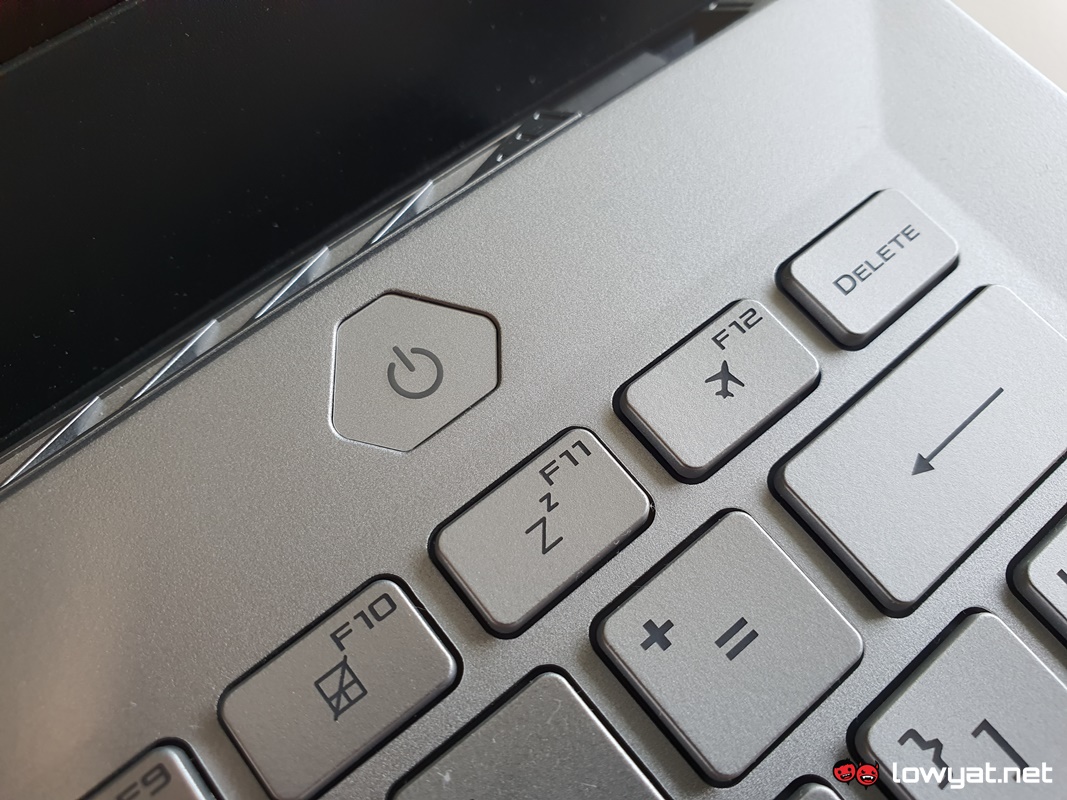
On a sidenote and speaking of fingerprints, the power button of the Zephyrus G14 also doubles as a fast-reading fingerprint scanner. It’s part of the Windows Hello system.
The Zephyrus G14 also sports ASUS’ Ergolift design that lifts the laptop’s base at an angle, making the typing experience little more comfortable, while around the back, you’ll find the AniME Matrix LED panel that’s made of 6536 micro-holes drilled into the chassis. Sadly, because our unit was an engineering sample provided to us, it didn’t actually work.
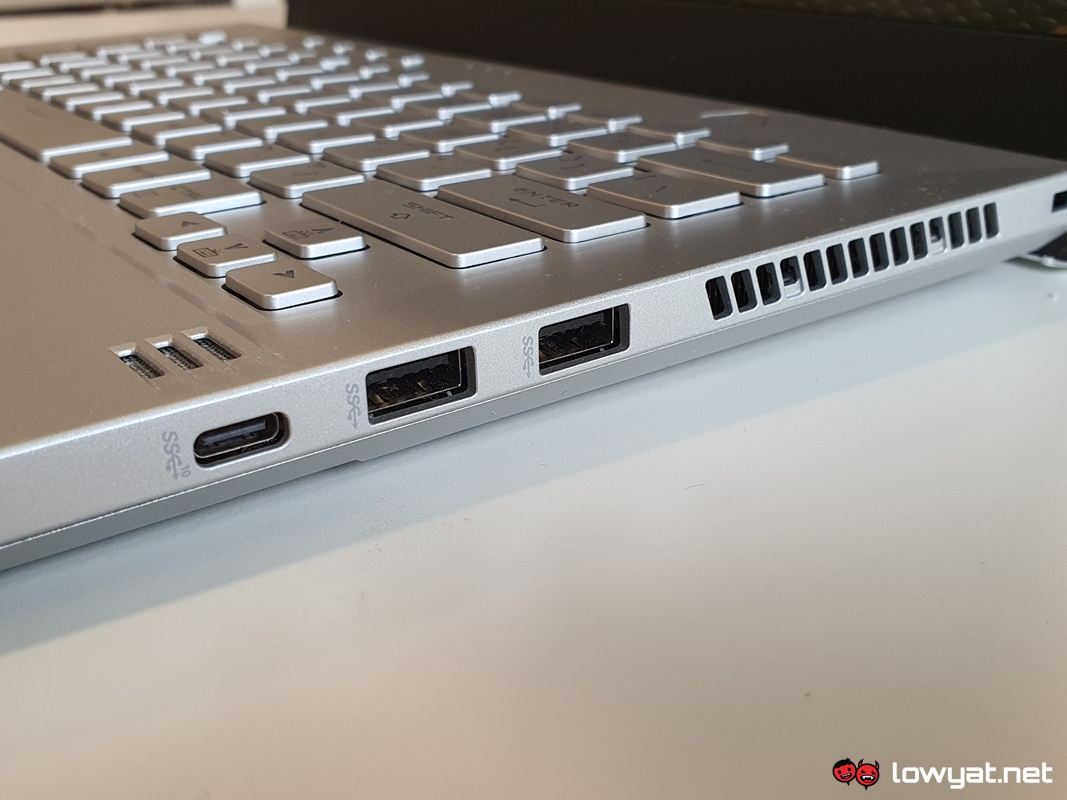
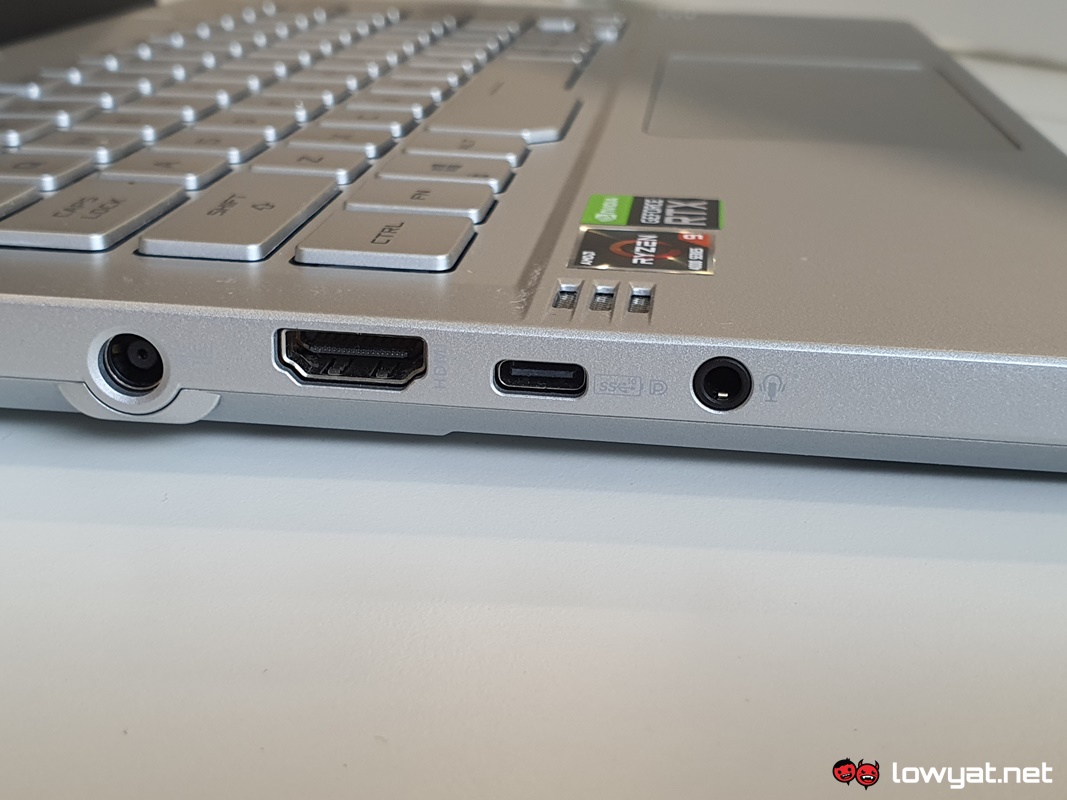
Of course, the Zephyrus G14 has a healthy number of USB-C and USB-A port, along with an HDMI 2.0b port. One crucial point to make, however, is that this laptop support USB-C charging through on the ports, meaning that as long as you have the necessary USB charger with the right wattage, you can just leave the machine’s original power adapter at home.
User Experience
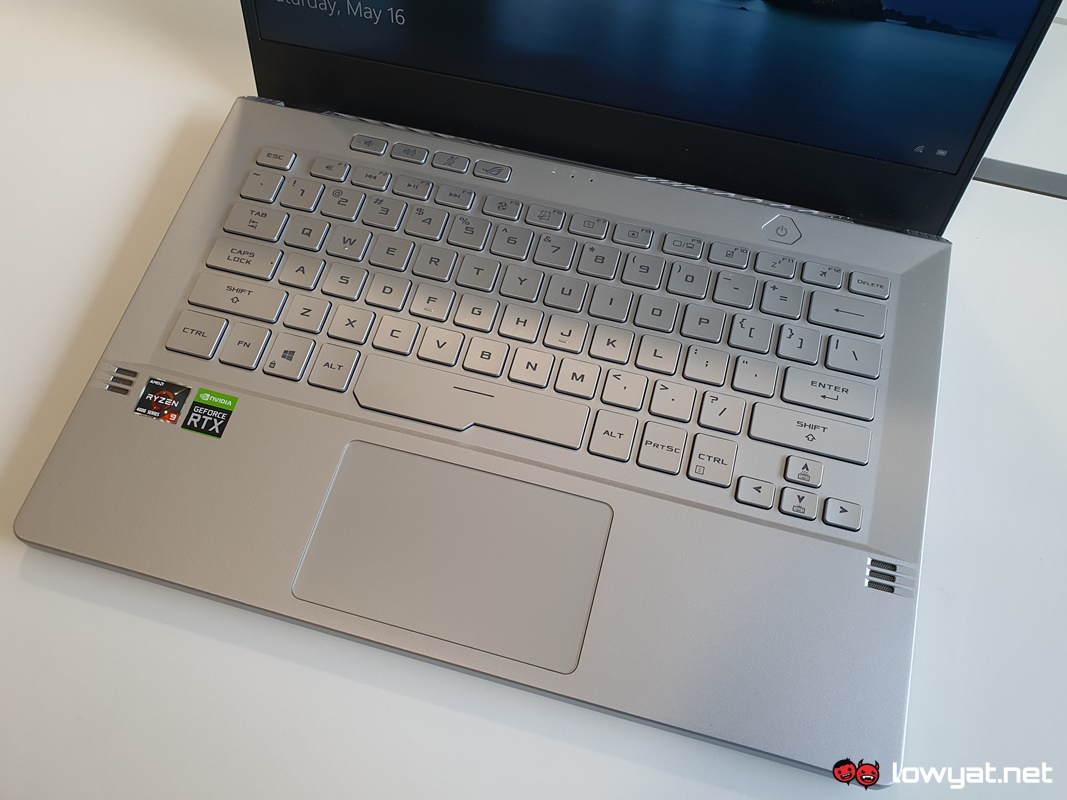
While the Zephyrus G14 unit I have is merely an engineering unit, the components used to built the machine are valid and more or less finalised. The G14 brings about the old adage “You’re only as strong as your weakest link”, and that is the conundrum I currently face: I’m actually drawing a blank trying to find one on the G14. In fact, I believe that there is one link in the chain that contributes heavily to its charm.
Stunning use of Magnesium alloy from top to bottom.
ASUS’ choice of Magnesium alloy is perhaps the most stunning application on a notebook I’ve seen. Not only does it make the Zephyrus G14 aesthetically pleasing to the eye, it is also – on a practical level – exceptionally lightweight. Sure, the argument can be made that there are lighter notebooks out there, but my counter-argument will be that there isn’t a whole lot of full-fledge gaming notebooks that look this good. While also keeping its weight just slightly above 1.5kg. It is, however, not the link that makes the notebook unique.
There’s also the display on the Zephyrus G14, as well as the micro LED panel embedded in the back. Full disclosure, I also absolutely adore the AniMe Matrix LED panel; while it is clearly an aesthetic feature meant to bring life to an otherwise mundane back cover of the notebook cover, it has got me wishing that the back of my own notebook could do something identical.
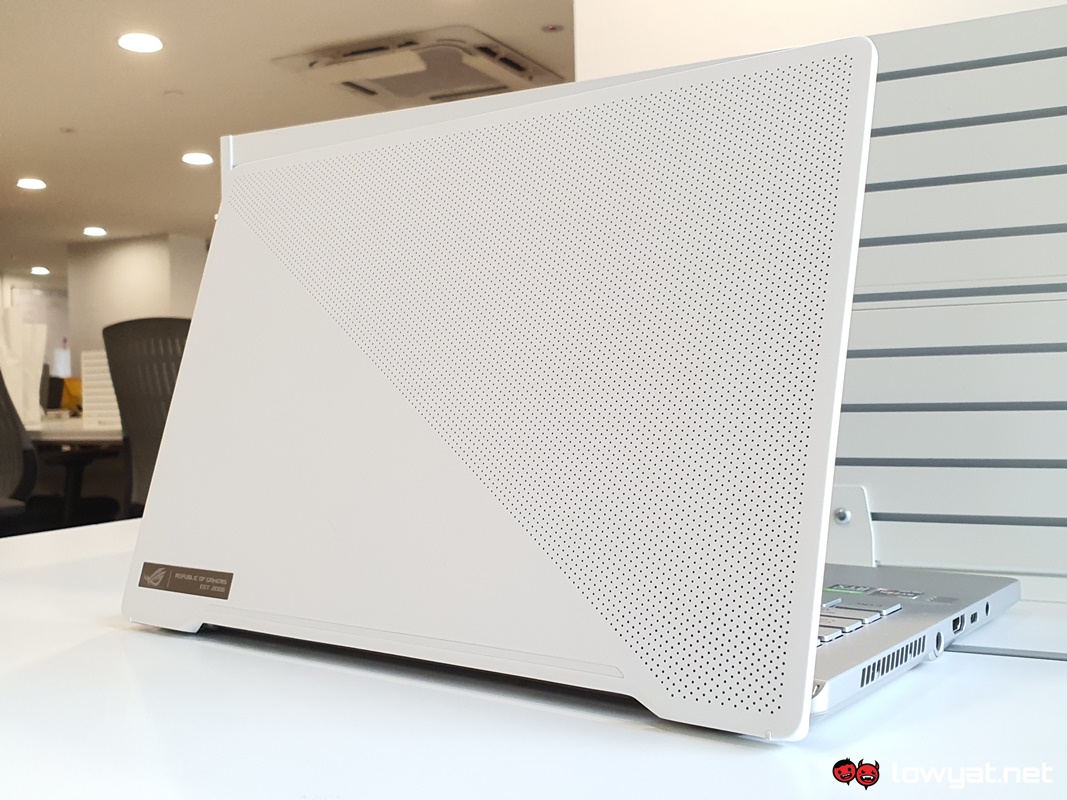
Unfortunately, due to my unit being an engineering sample, it didn’t actually have the AniMe Matrix LED panel, but as you’ve read in our initial hands-on, it’s definitely there and the applications for it are fairly dynamic.
A 120Hz refresh rate and Full HD display is more than plenty.
Getting back to the display, ASUS says that the display comes in two flavours: WQHD (2560 x 1440) and Full HD. If you opt for the former, you’ll be limiting the refresh rate to the standard 60Hz. Dropping it down to the latter, however, gets you the full 120Hz and for those of you who own high refresh rate displays, I don’t have to tell you what a difference its makes during gaming sessions.
I love the Ergolift hinge that the Zephyrus G14 employs as well. Sure, it’s not a groundbreaking innovation for a notebook, but I think it’s a damn sight better than employing a dual-hinge setup that will eventually become loose and unstable through wear-and-tear. Causing the display to jiggle and flex unnecessarily.
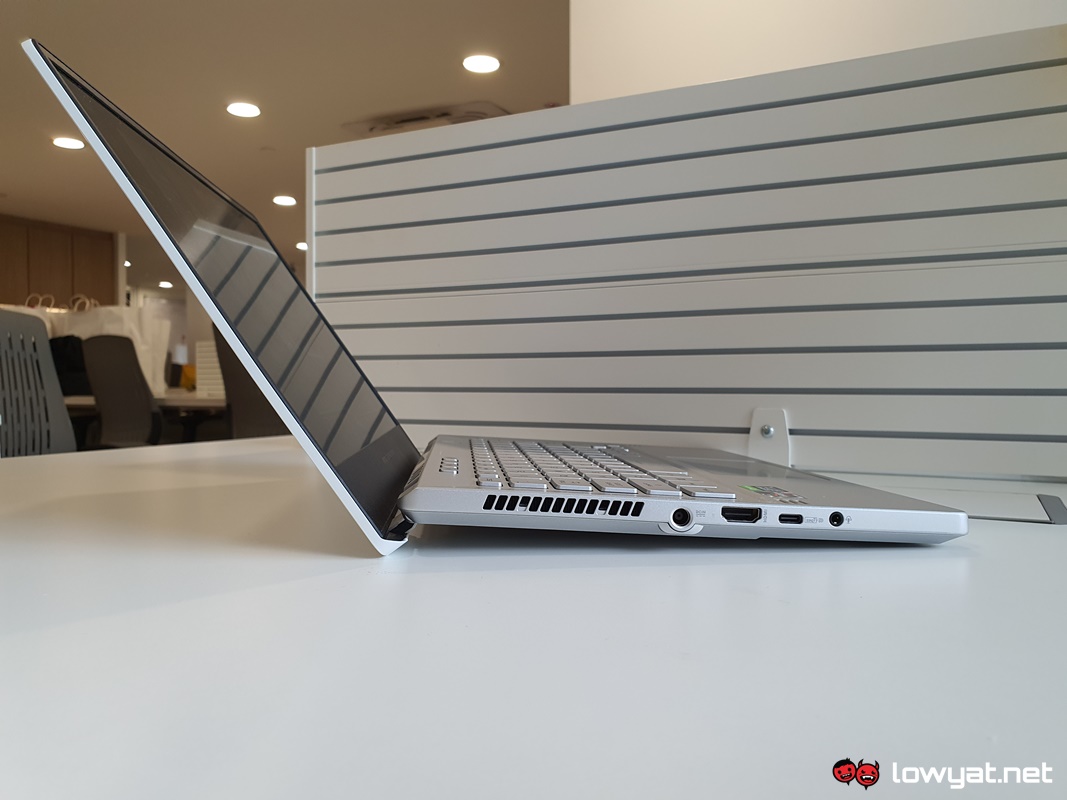
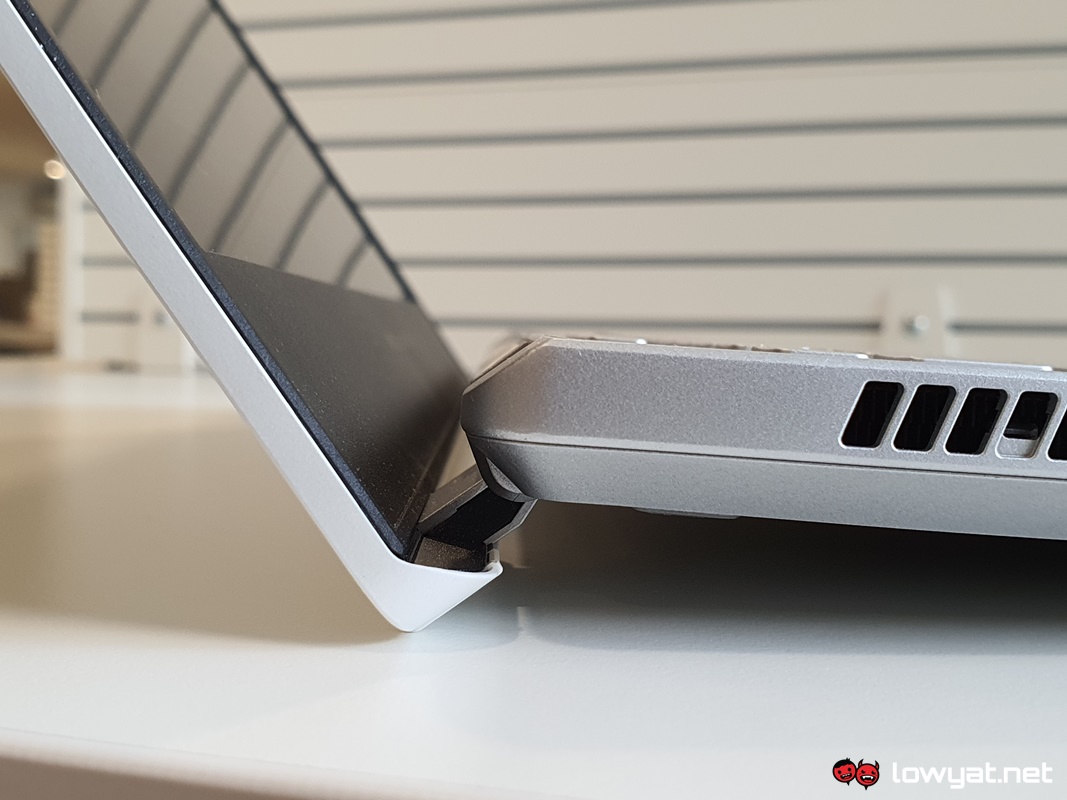
That isn’t to say that my Zephyrus G14’s display was perfect. Throughout my review period, there were moments when the panel simply blinked and blacked out at random. In this instance, I am of the belief that this issue purely exists due to its nature of being an engineering unit. Fortunately, there is a workaround, and it simply requires that I manually put the notebook to sleep for a second and then power it back on.
There is also a weird backlight issue whenever I use the notebook without the power adapter plugged in. The outcome with this automatic increase in brightness is understandable, but frankly, it makes content that I view on it look washed out.
It comes as no surprise then that the display is not the unique link in the chain.
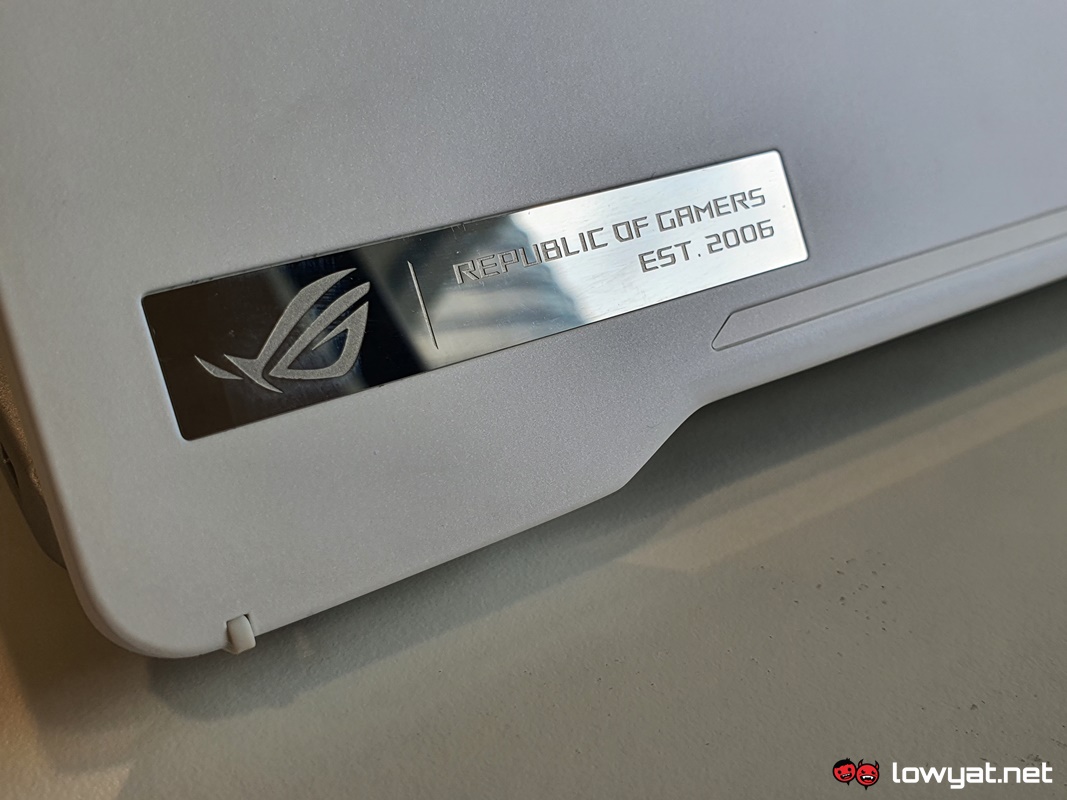
It’s not the NVIDIA GeForce RTX 2060 Max-Q GPU inside it either. I’m not going to spend a lot of time talking about the prowess of the RTX 2060 Max-Q GPU, but know that when push comes to shove, it goes like a bat out of hell in gaming and other GPU intensive tasks.
AMD has outdone itself with the Ryzen 9 4900HS.
No, dear readers. What is both remarkable and just downright impressive is the beating heart of the Zephyrus G14: AMD’s Ryzen 9 4900HS mobile CPU. It is the component that has never failed to impress me over and over. That, as I mentioned earlier, is no small feat. Throughout my time using the notebook as my daily driver, this 8-cores, 16-threads CPU demonstrates just how versatile it is, and how AMD out to beat Intel at its own game with it.
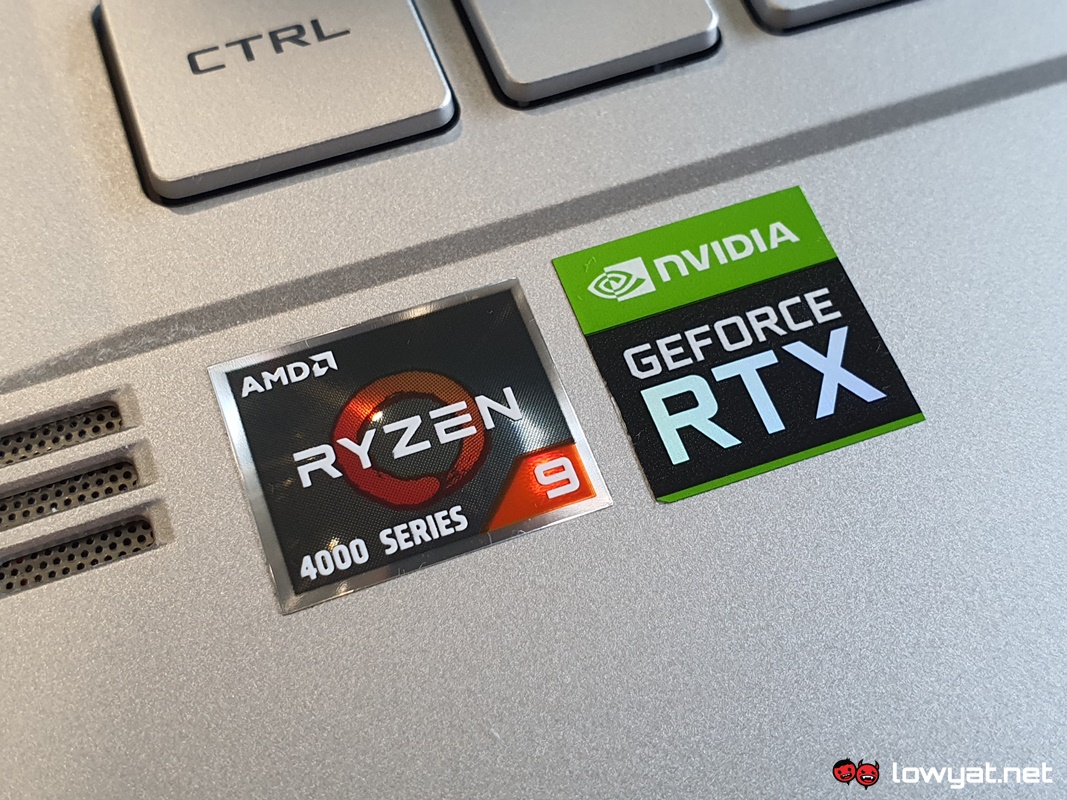
Just before this, I said that the notebook goes like a bat out of hell when under load. The fact of the matter is, it’s not just the RTX 2060 Max-Q working solo; it’s the combination of the GPU and 4900HS working in tandem. While under immense stress, both CPU and GPU run at maximum speed, making the Zephyrus G14 sound like a squirrel-mincer, as a gaming notebook typically does. Even with ASUS’ alleged improved thermals, the overall temperature was hitting 100°C at its peak. And that’s without switching over to Turbo mode; a mode that ASUS has affectionately described as “cranking it up to 11”.
On the opposite end of the spectrum – when I’m not running the Zephyrus G14 at full whack by shooting things in-game – both the CPU and GPU stops shouting and enter into a state of near silence, gradually bringing themselves down to an average of 34°C.
A battery that just keeps on giving.
But one other thing that is absolutely astounding about the Zephyrus G14 and the 4900HS is its power consumption. With a TDP of 35W, coupled with the notebook’s large 76WHr battery, this notebook has the legs of a triathlete.
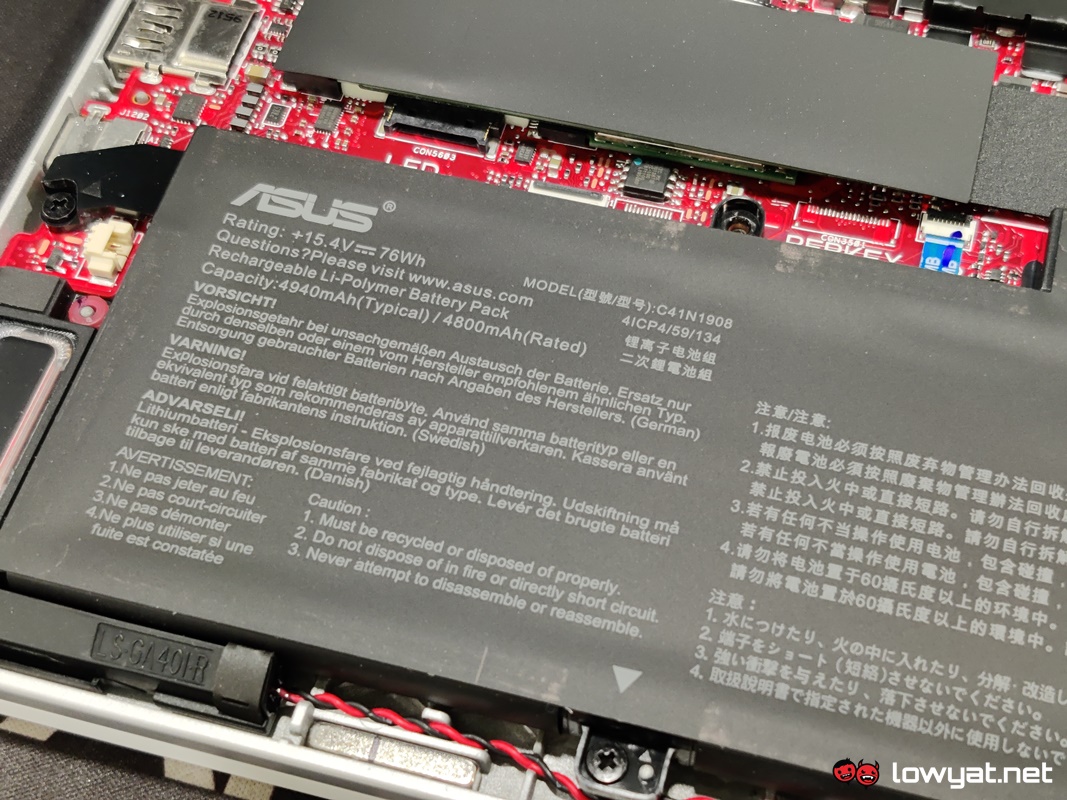
On average, I could use it for an average of nine and a half hours before it began demanding to be plugged into a wall socket.
Benchmarks
Conclusion
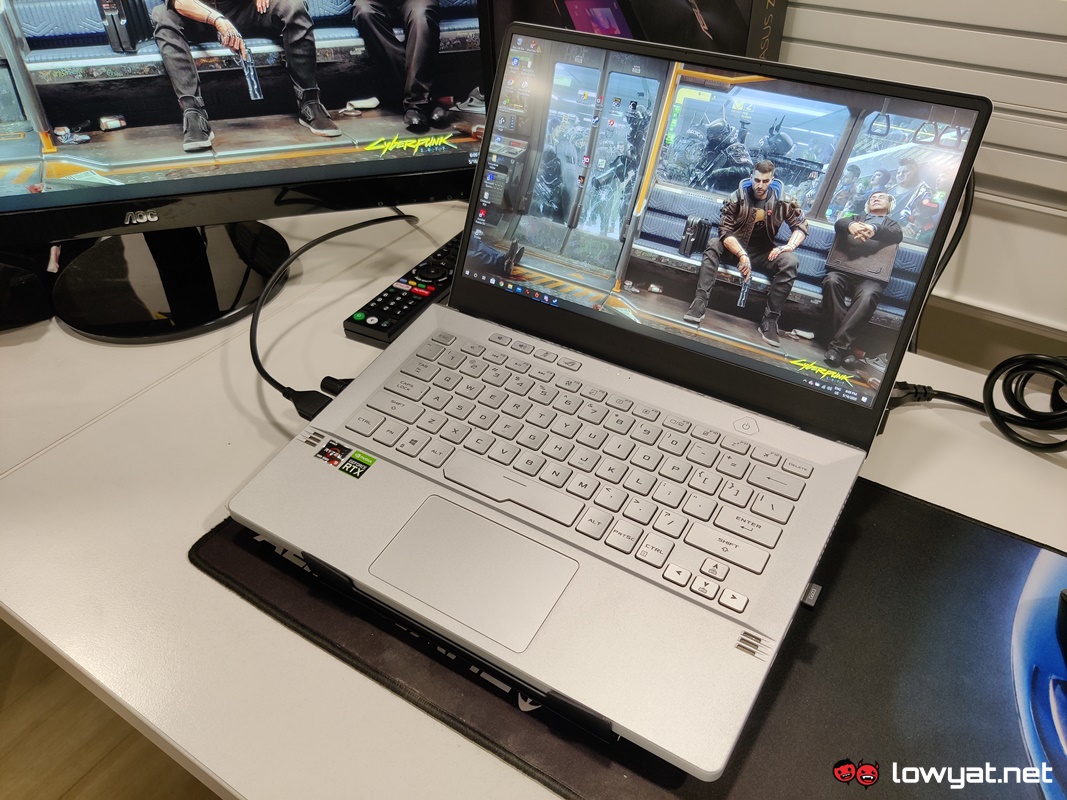
Up until recently, constructing reasonably thin, light, and powerful gaming laptops was a domain that was dominated by Intel for many years. Now, with the arrival of AMD’s Ryzen 4000 series and machines like the ASUS ROG Zephyrus G14, one thing is clear: AMD is about to give its long-time competitor a real run for its money within the market segment.
The ASUS ROG Zephyrus G14 has it all with a lightweight chassis and powerful hardware.
Everything about the Zephyrus G14 just continues to surprise me even till today. The Ryzen 9 4900HS powering it is in a class of its own, while the legs on its battery is something you would rarely associate with an AMD Ryzen CPU.
At the current moment, ASUS Malaysia hasn’t attached a price tag to the Zephyrus G14, so it’s a little difficult to comment on whether its asking price matches the performance you get. That said, I personally believe that the Zephyrus G14 is the most exciting gaming laptop to come out of ASUS in a while, quite possibly one of its best products for the first half of 2020.
The post ASUS ROG Zephyrus G14 Review: A Gaming Laptop That Caught Us Off-Guard appeared first on Lowyat.NET.
from Lowyat.NET https://ift.tt/2Z9Co20
Labels: Lowyat

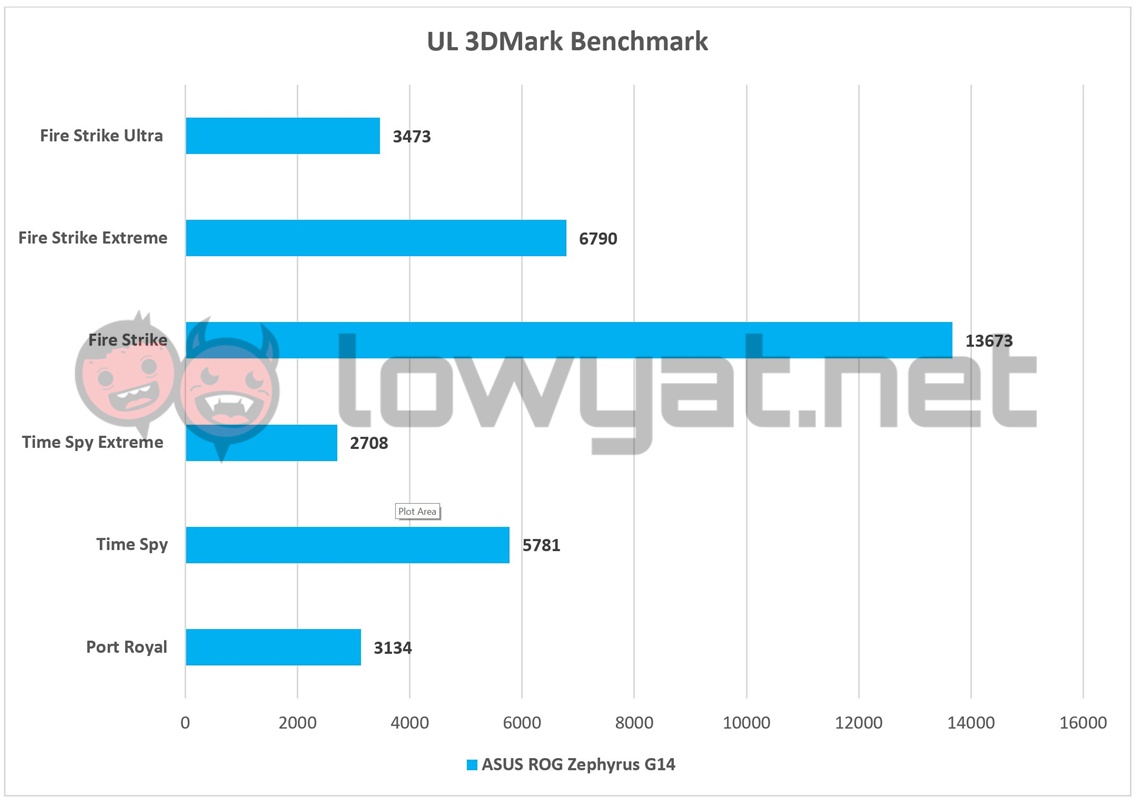
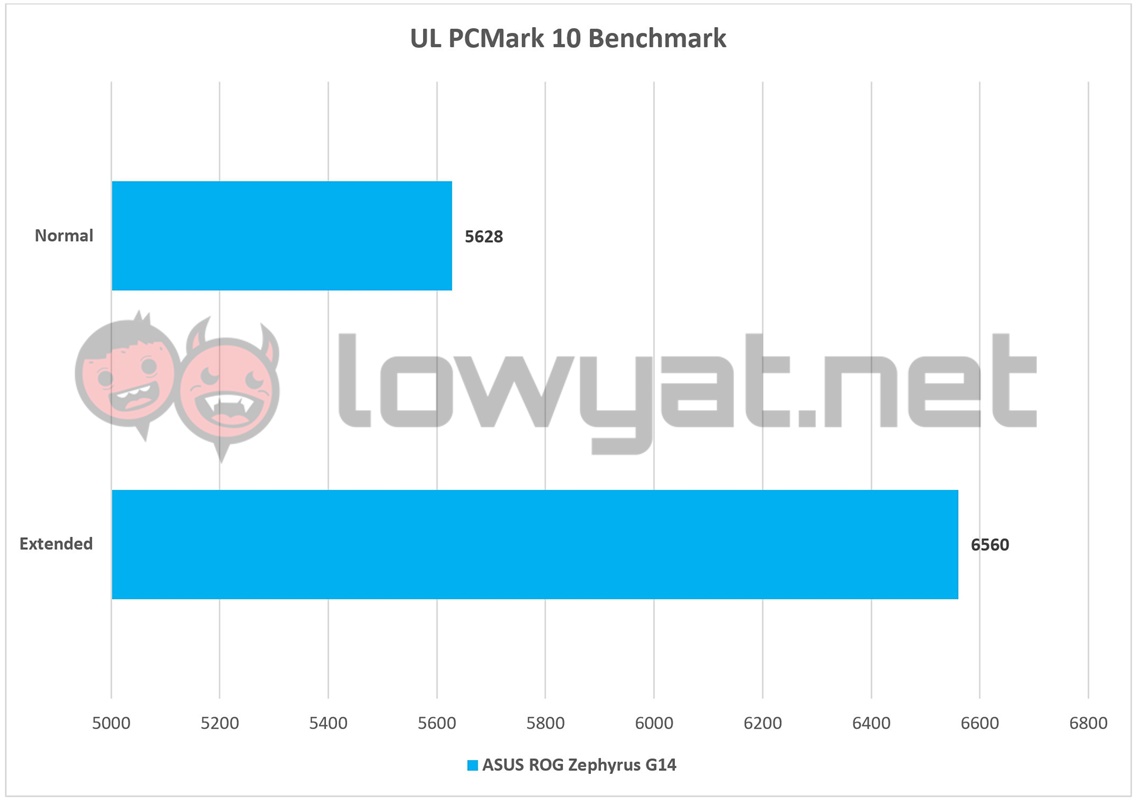
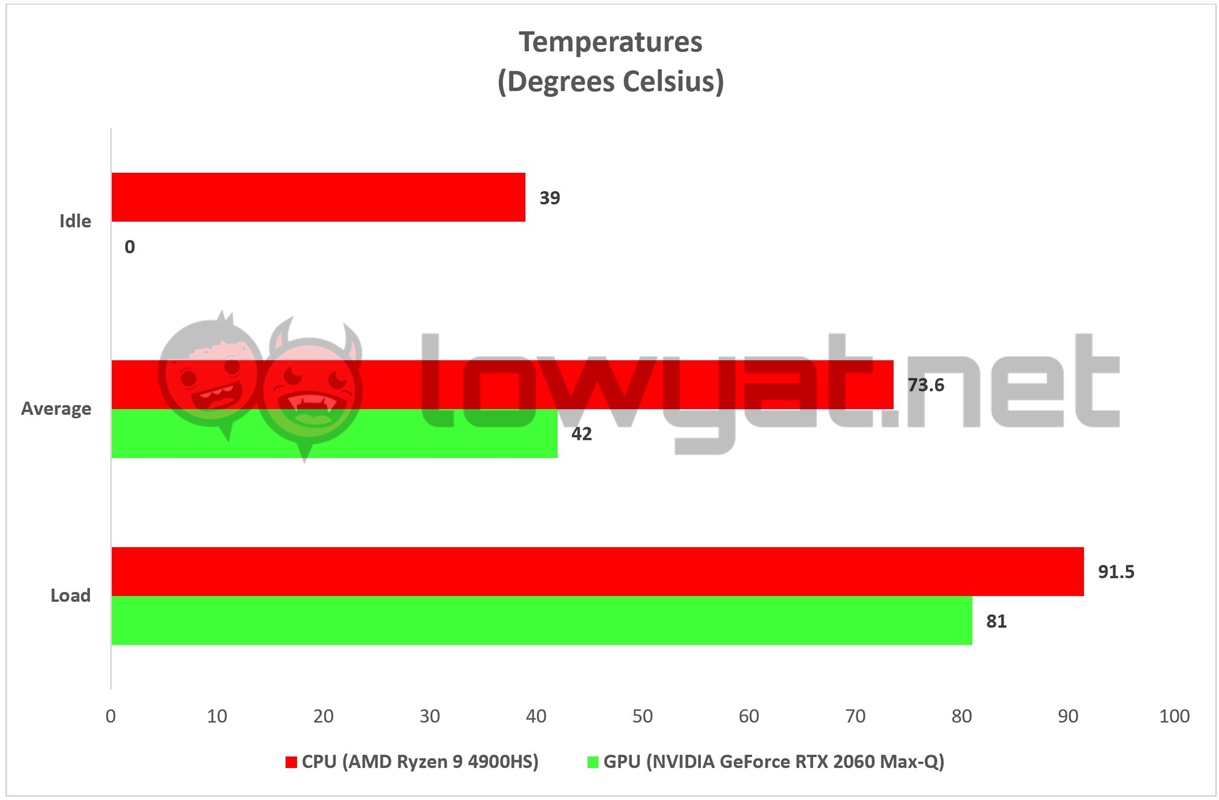
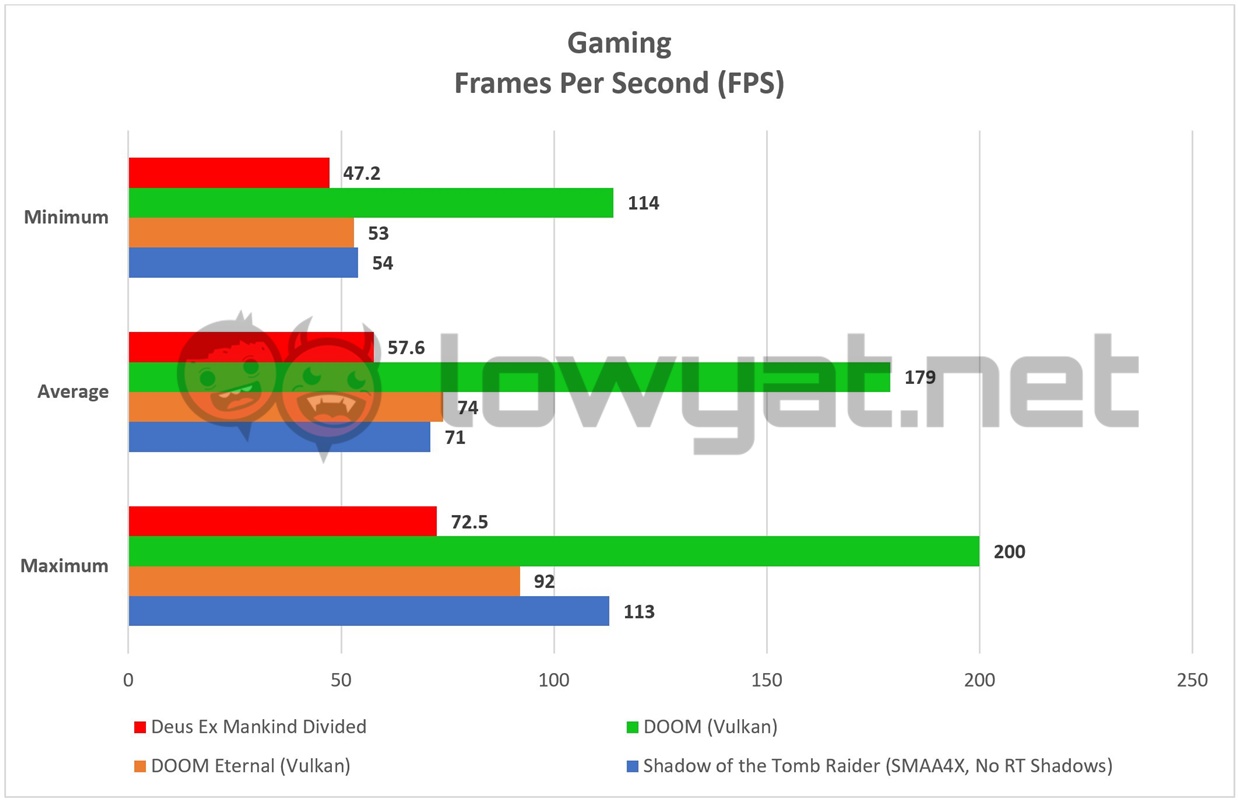
0 Comments:
Post a Comment
Subscribe to Post Comments [Atom]
<< Home